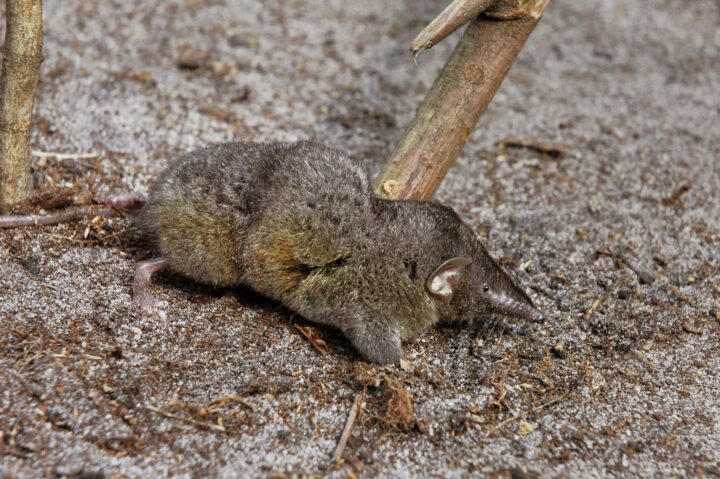“A fly lands on a ceiling by flying up at an angle of about 45° with its front feet extended; as soon as contact is made the fly cartwheels over onto its other four feet.” (Foy and Oxford Scientific Films 1982:13)
Manage Impact
An impact is a high force or mechanical shock that happens over a short period of time, such as a hammer hitting a nail rather than a hand pushing slowly against a wall. Because of their speed and force, impacts don’t allow materials to slowly adjust to the force, which can lead to cracks, ruptures, and complete breakage. Therefore, living systems have strategies that can absorb, dissipate, or otherwise survive that force without the need to add large amounts of material. For example, the Toco toucan’s large beak is very lightweight, yet can withstand impacts because it’s made of a composite material with rigid foam inside and layers of a hard, fibrous material outside.

Insects
Class Insecta (“an insect”): Flies, ants, beetles, cockroaches, fleas, dragonflies
Insects are the most abundant arthropods—they make up 90% of the animals in the phylum. They’re found everywhere on earth except the deep ocean, and scientists estimate there are millions of insects not yet described. Most live on land, but many live in freshwater or saltwater marshes for part of their life cycles. Insects have three distinct body sections: a head, which has specialized mouthparts, a thorax, which has jointed legs, and an abdomen. They have well-developed nervous and sensory systems, and are the only invertebrate that can fly, thanks to their lightweight exoskeletons and small size.




